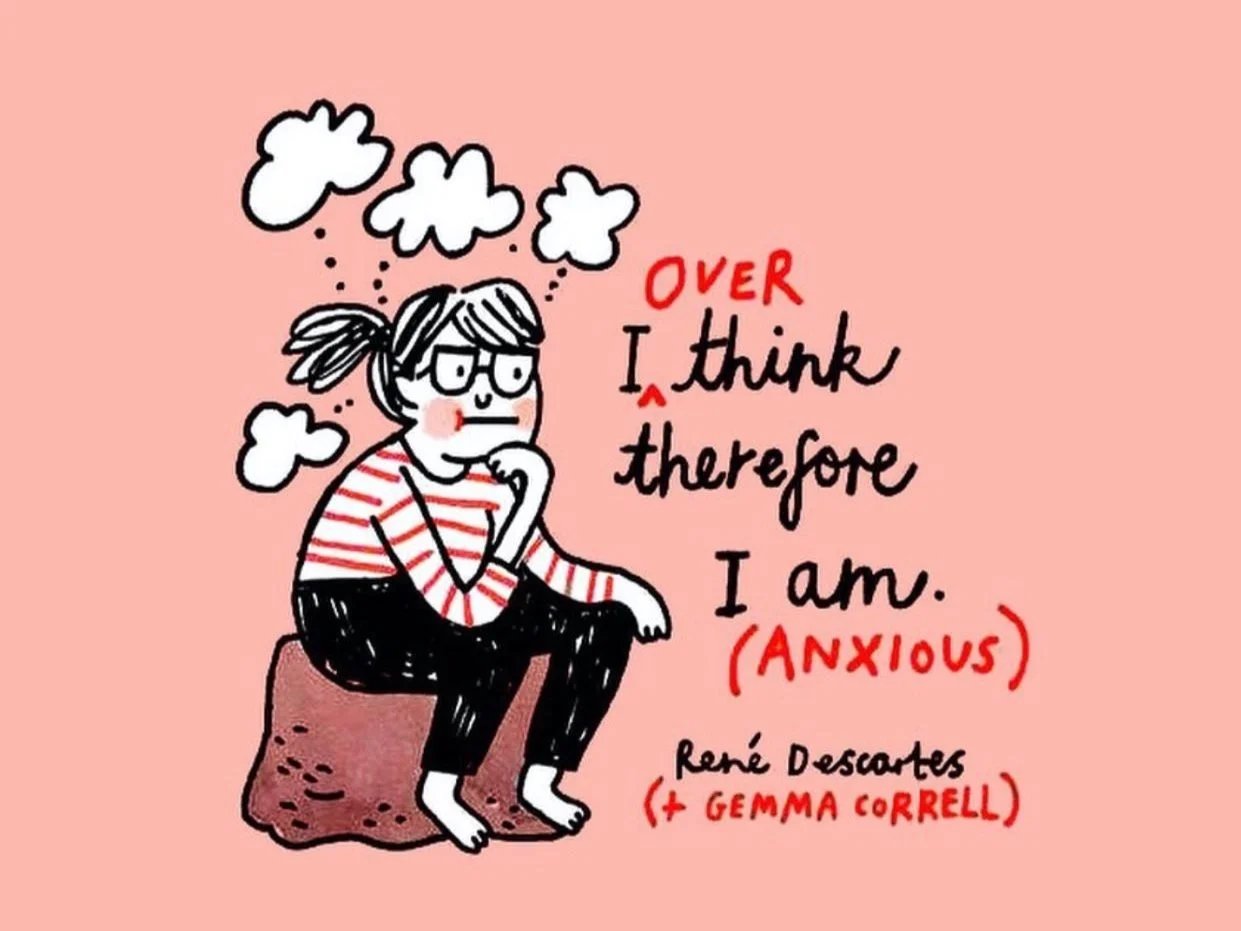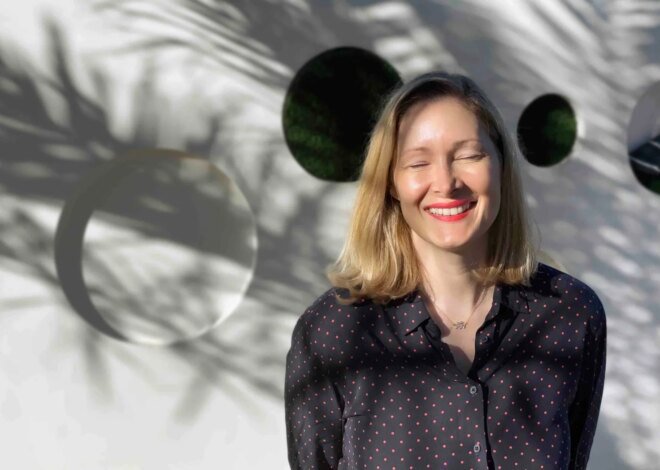
How to Move from Knowing to Doing — Kate Greenslade

Practical Tools for Embracing Mindfulness
With that in mind, I want to share three practical tools that have been key in helping me find inner balance and contentment.
1. Daily Mindfulness Meditation
This practice helps anchor you in the present moment, training your mind to engage with the here and now rather than a hypothetical future or past regrets.
What happens when we meditate is that our mind wanders off. Constantly. It worries about later, tomorrow, next year! And it will go over and over past conversations or events, trying to make sense of them. So the practice of mediation trains the mind to return to NOW. Which is the only place that life exists. It re-connects you with the present so you can fully experience life.
It sounds simple but it’s not necessarily easy because your brain is very good at thinking and distracting you with thoughts.
So my suggestion is to start with just 5-10 minutes a day. Find a quiet undisturbed place, close your eyes, and gently take your attention to your breath.
Notice the sensation of air entering and leaving your nostrils, or the rise and fall of your chest as you inhale and exhale. When thoughts intrude, as they will, gently acknowledge them and return your focus to your breath.
And each time you notice that your mind has wandered off, bring it back gently with kindness to your body, your breath, the present moment. Repeat as necessary. 100 times if need be.
This is how you become present.
2. Gratitude Journaling
I’m sure you’ve heard about the power of journalling. There are a million ways to do it. But I like to make it my own so I feel connected it to it.
Find what you need to use journaling for. It might be to write your thoughts of the day down on paper before you go to sleep.
Or a way to increase self love by writing something you appreciate about yourself from the day.
By connecting to the sense of gratitude we soften anxiety as both states can’t co-exist.
Each day, write down three things you are grateful for. This could be as simple as a delicious cup of coffee, a warm conversation with a friend, or a sunny day. Gratitude shifts your focus from what’s missing or unachieved in your life to the abundance that is already present. Over time, this practice cultivates a mindset that finds joy and thankfulness in the now.
3. Mindful Walking
Meditation doesn’t have to just be sitting quietly, you can become present with yourself while cooking, showering, eating or walking etc…
You can incorporate mindfulness into your daily walk by firstly intending to be present rather than scrolling through your phone or planning your day.
Bring your attention to your body. Notice the feel of the ground under your feet, the sounds they make and the sounds around you, the temperature of the air, and what you can see. This can gently guide you to appreciate the simple joys of life.
I like to take each of the 5 senses and notice one by one what’s present there.
This practice is good for the body – even walking 20 minutes a day helps to significantly reduce the risk of cardiovascular disease, according to Dr. I-Min Lee, Professor of Medicine at Harvard Medical School – and it deepens the mind/ body connection which gives you greater awareness of your bodily sensations and emotions, which creates a deeper sense of presence and calmness.
![]()


